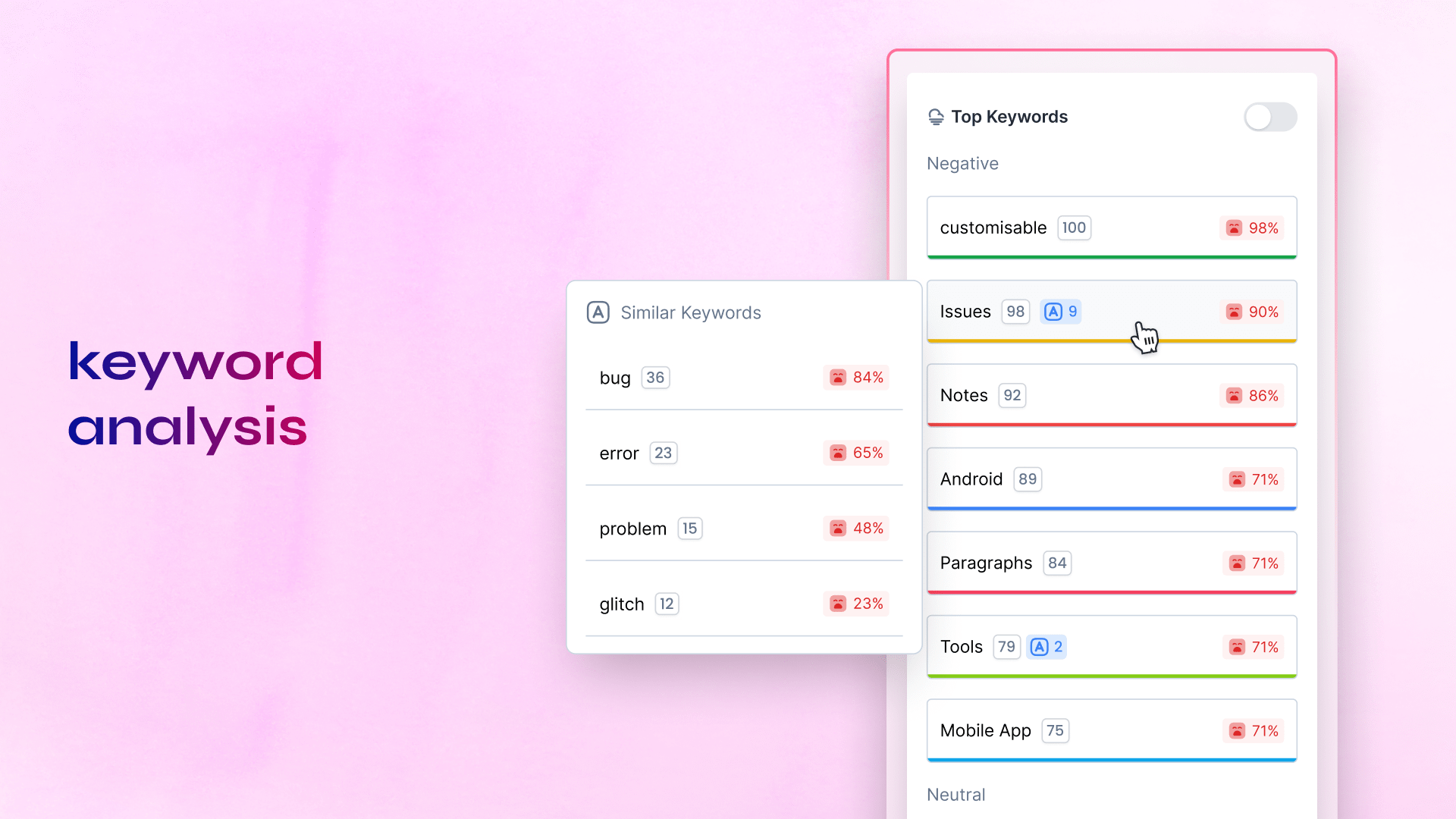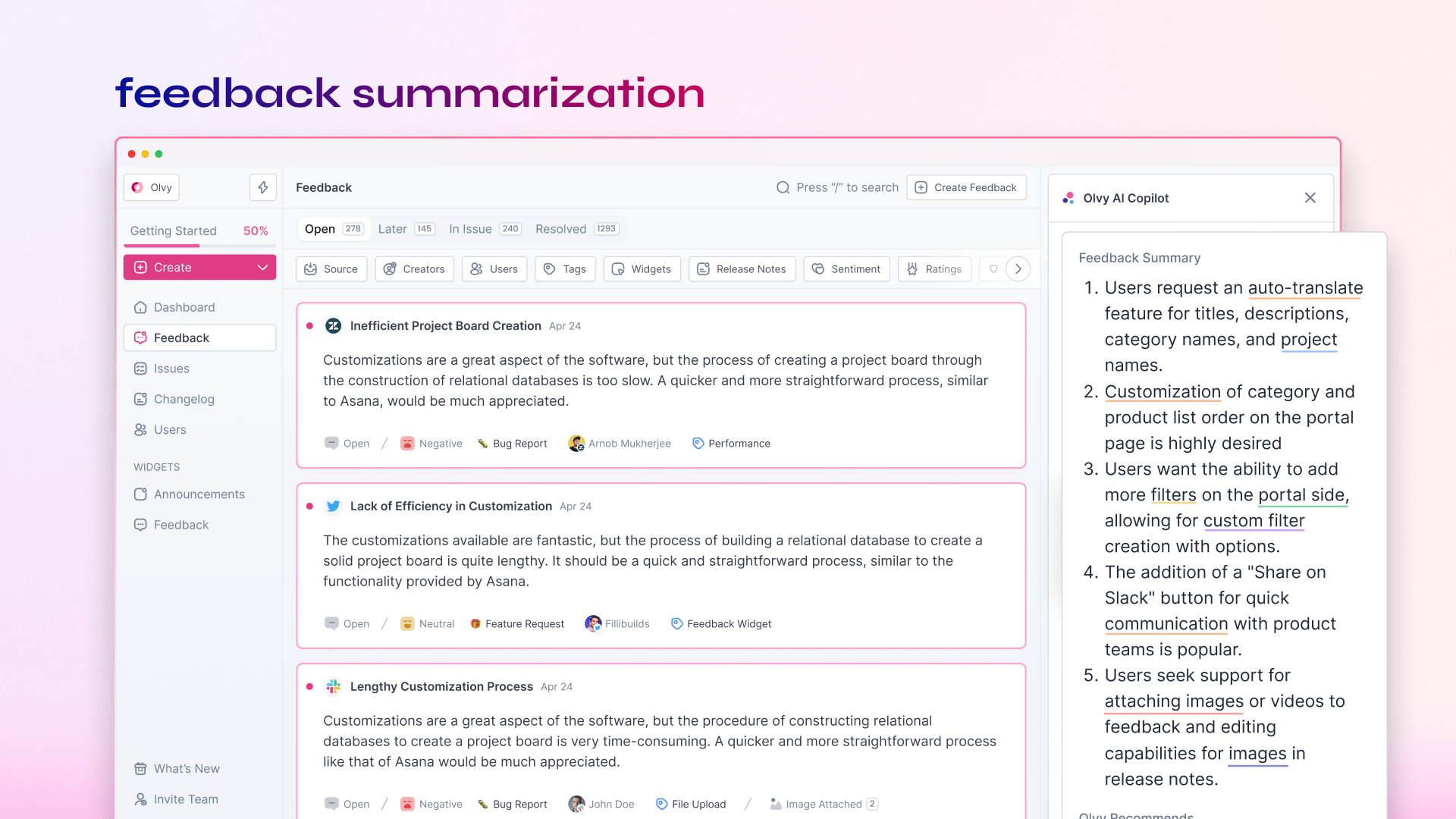AI is widely used across industries, including banking, healthcare, and marketing. It makes data collection, processing, and analysis faster and easier, enabling real-time information access and better decision-making. Apart from that, it also boosts efficiency and productivity.
AI can also be used in product management; however, first, we need to understand what product management is and how AI can be used in it.
Product Management
Product management involves planning, developing, launching, and managing a product throughout its lifecycle. It is critical for improving user experience, testing, creating a product roadmap, and reaching the right target audience. Successful product management results in business growth and increased demand for products by understanding customer preferences.
Use of AI in Product Management
AI can assist in product management by creating and improving products, conducting market research, and more. Let's have a look at some of the best use cases.
1. Market Research
Conducting market research is essential since it helps you understand your users, their backgrounds, demographics, and other aspects. AI can assist you with this; there are numerous tools available that can help you with market research for your product and user base. It can analyze large amounts of data and provide information about market trends, prospective customers, market demand and size, and other topics.
2. Product Strategy
Product strategy is crucial because it defines the product's goal and how it will achieve that goal. AI tools can assist you in effectively designing the plan to attain your product's objective. You can get vital insight into your customers' behavior and preferences and make informed decisions about developing and placing your product in the market to reach the right audience.
3. User Feedback Analysis
AI can assist you in gathering feedback from users to gain insights into their opinions on your products. With tools such as support tickets or surveys, you can easily collect customer feedback and analyze the collected data to evaluate and execute the changes needed for product improvement and better customer satisfaction.
AI can make the entire process easier and more productive and provide real-time insights for making quick decisions. AI can help you better understand user interactions with your product while reducing human errors.
If this interests you, definitely try out Olvy for feedback analysis. Here are all the features and capabilities.
Keyword Analysis
The first thing you are greeted with once you are in the feedback tab is all the feedback, obviously, but you also get the analysis of the keywords on the right.

Earlier, it used to be just a word cloud, but now we have made it more intelligent by powering it with OpenAI's GPT-4.
How this works: Our system analyzes all your feedback and clubs all the repetitive keywords. As it's powered by GPT-4, we can now club synonyms or similar versions of words, such as "tool" & "tools," into one keyword. This enhances the keyword analysis process as you are now clubbing similar keywords.
Sentiment Analysis
The keyword analysis is further powered by a sentiment analysis, which processes each feedback and the keywords within to find the user sentiment and categorize them into three segments - positive, neutral, and negative.
You can see exactly which keywords fall under which category.

This becomes even more useful when you try to analyze a single keyword. When you set a keyword as a filter by simply clicking it, you get access to a new tab that shows you all the feedback that has it mentioned.
The keyword is highlighted for your ease. You can also see the percentage of people who are happy or unhappy, and you get access to all other keywords mentioned in the feedback that includes the original keyword.
Feedback Summary
Once you are analyzing feedback for a keyword, you might think you'll have to read all the feedback to get a better understanding, but that is time-consuming, especially if hundreds of them exist.
That's something that is easily solved by Olvy's feedback summary, which is again powered by OpenAI GPT-4.

You simply need to click on "Generate Summary" to convert all your feedback into a short, concise summary, which will help you skim through all the feedback at once.
The summary also highlights keywords inside it, making it even easier to identify the issues.
4. Product Development
It is a sequence of steps that include idea generation, product design, testing, product development strategies, and commercialization. It is critical to define your target market because only some customers are going to like the product you offer. Market research allows you to plan everything from the beginning of the process to the end of the product launch. With AI's capabilities, you can generate ideas, design your product, create marketing plans, test your product, make final revisions, and more to accelerate the development process and enhance overall quality.
5. Competitor Analysis
You should understand your competitor's shortcomings, strengths, target audience, and other factors. AI can give you information about your competitors' businesses, which might be useful to you. Analyzing your competitor can assist you in learning from their mistakes and not repeating them, understanding their user base and gaining insights about your potential customers, and developing your product with features that your competitor may lack so you can position yourself as a superior option so people will prefer you over others.
6. User Persona
User personas are important because they define your customer's expectations, preferences, and pain points, allowing you to understand them better. You can even build user personas for your product by describing it to the AI tools. In minutes, AI can develop user personas matched to your product. It assists in the design of products that meet your customers' needs, resulting in your product's success.
7. Product Roadmap
Product roadmaps are summaries that define the product's vision and direction across time. It is a plan that outlines the actions that must be taken to achieve your product's objectives. It is now easier to optimize product roadmaps by utilizing AI-based algorithms that assess data and create visions, target audiences, design product themes, and more.
8. Customization
AI, with its insightful data, can assist you in making better decisions. It can also help you enhance your productivity and efficiency by automating tasks. You can also customize your products by examining the data collected by AI from customers to understand what they want and need. You can modify products to match the demands of your users, increasing customer happiness and loyalty.
9. Product Specifications
AI can write product specifications on your behalf by providing AI tools with a few details about product specifications and user personas. It will automatically create detailed and top-notch product specifications and can also write product content and descriptions for you. You can also use AI to generate and customize product requirements to your specific needs.
10. Usability Testing
AI simplifies your work; incorporating AI into usability testing can save valuable time and boost productivity. It will help enhance functionality and the user experience. AI can also help convert handwritten user interface designs to HTML markup codes.
11. Product Launch
AI can even help you during the product launch process. It can assist you in developing strategies and executing a flawless plan tailored to your product. You can use AI to help you develop taglines, comments, press releases, social media posts, and more in order to successfully launch your product and create a buzz around it to attract more customers.
Conclusion
With AI, you can streamline the entire product management process. AI has made the job of product managers easier and helps them make more data-driven decisions. By implementing AI into product management, you can optimize every stage of the process, including ideation, creation, design, and execution.
Numerous AI tools are available; use them and benefit from them to improve your product quality and grow your business. But keep in mind that you should only partially rely on AI. Take help from it and use it to your advantage, but also don't forget to add a human and personal touch as well as your own creativity.


